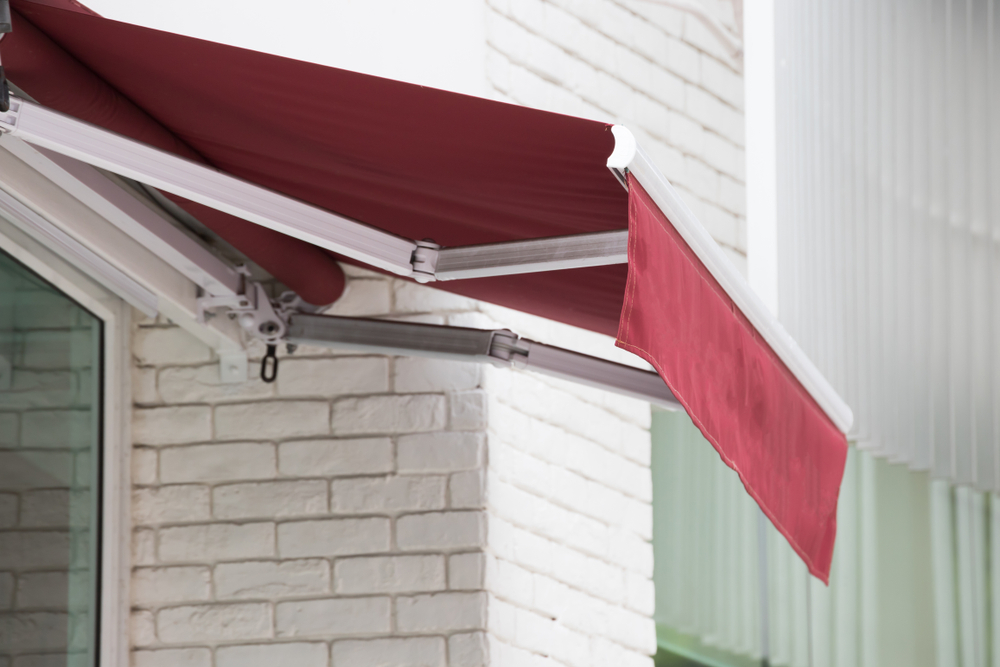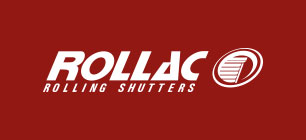Common Retractable Awning Problems & Solutions

When you are looking over retractable awnings, you are of course focused on the styles, designs, and colors, rather than what problems could occur once the awning is installed. Though retractable awnings are made better now than ever before, a problem may arise now and then with your awning. Before you hit the panic button, keep in mind that most problems are easily corrected. To help you stay calm and know what to do when certain retractable awning problems arise, our awning experts here at Rollac are here to help.
Common Problems with Retractable Awnings
Since your retractable awning will vary from pergolas or canopies in many ways, it is important that you remember it’s perfectly normal for almost all retractable awnings to encounter problems at some point. In fact, here are some of the most common problems your retractable awning may experience along the way.
Sagging Fabric
If you look at your retractable awning and notice its fabric is sagging, this can actually be a good thing, since this is without a doubt the easiest problem to fix. When you notice this problem, strong winds are often the culprit, since they have likely whipped the awning back and forth. If the gusts are strong enough, it’s possible the canopy gets overextended. To make your drop arm awning tight and taut once again, just grab the handle and crank it in reverse. To get the best look, make sure the fabric is rotating over the top of your awning’s roller tube, rather than spooling underneath.
Mechanical Issues
Should you go to retract your awning and nothing happens, don’t assume your retractable awning is broken and that you’ll need to buy a whole new awning for your home or business. In reality, it’s probably a mechanical issue related to your awning’s motor, track, or sensors.
If the problem is your awning’s motor, you’ll notice the awning will jam or jerk when it is being retracted. Since this is the most complex mechanical issue you will probably have with your awning, it’s best to work with a company such as Rollac, since we have experienced professionals who can inspect your awning motor and make recommendations about whether it needs to be repaired or replaced.
In situations where an awning may stick or appear to derail by coming off its tracks, this can be caused by one of two things. First, you should always check your outdoor awning tracks to see if they have dirt, grime, or other debris blocking the pathway for your awning. This is an important part of awning maintenance and care, since it can greatly reduce wear and tear on your awning’s mechanical components. If the tracks look clear, they likely need to be lubricated. By grabbing a can of silicone lubricant spray, your problem should be solved.
Finally, the last mechanical issue may involve your retractable awning’s sensors. When electric sensor failure occurs, it is usually after a power outage or due to other unexplained glitches within your awning’s electrical system. A common awning problem, you’ll still be able to operate your awning manually. When repairs are done, the most common is to simply recalibrate the awning.
Fabric Damage
Even with the most high-quality retractable awnings, it is not unusual for them to suffer occasional fabric damage due to strong winds or other problems. To repair awning fabric tears or rips, special types of tape or patches are available. If you have a waterproof retractable awning, it’s best to use a waterproof adhesive when making your repairs.
Fabric issues can also be caused by the sun, which over time may cause your awning’s fabric to fade. To prevent future fading, you can usually sweep off any debris that has accumulated on your awning, wash it with soap and water, then hose it off to keep it looking great. Along with the sun, mold and mildew are always eager to set up housekeeping on your awning’s fabric. To prevent this, spray the awning with a hose to wet it down a bit, then apply mildew remover. However, be sure to let your awning dry completely before it gets retracted. Otherwise, mold and mildew will stick around.
Mother Nature
While we love Mother Nature, she can prove to be a bit of a pest now and then when it comes to awnings. When she sends wind, rain, snow, and even certain animals or insects your way, even wind-resistant awnings can get damaged. To prevent wind damage, it’s best to give in and retract your awning. You can also do this when it’s raining or snowing, or instead try to slightly angle the awning to prevent water buildup. Should birds, insects, squirrels, or other critters try to turn your awning into their nest, call in professionals to remove the unwanted guests, then keep your awning retracted as much as possible to discourage future nesting attempts.
How Long Do Retractable Awnings Last?
When it comes to just how long your retractable awning will last, this will be based on how your outdoor awning is used at your home or business, environmental conditions, how well it has been maintained over the years, the quality of its fabric and mechanical components, and other related factors.
In our experience here at Rollac, we have seen retractable awning lifespans run the gamut. Some of the higher-quality awnings have lasted less than 10 years, which was almost always due to a lack of proper maintenance and care. On the other hand, we have seen awnings of slightly lesser quality last as long as 20 years, especially if they were well-maintained and were located in areas where weather conditions are often ideal.
How often should they be serviced?
When it comes to servicing your retractable awning, our Rollac awning experts always recommend to our customers that their awnings be serviced once per year, and of course more if various problems develop. During an annual maintenance check, you can inspect your awning’s moving parts for signs of breakage, rust or corrosion, or other issues. You can also inspect the fabric for any signs of fading, rips, or other problems. Also, remember to lubricate the awning’s tracks with silicone lubricant spray, since this will keep wheels, bearings, and other parts in good working order.
How to Extend the Lifespan of Electric Awnings
Since you have made a sizable investment in your retractable electric awning, it makes sense that you want to do all you can to extend its lifespan. Our Rollac team is always glad to hear this from our customers, since this lets us know those awnings will likely still be looking and working great one or two decades after installation. When speaking with our customers, we always recommend some of the following tips that can add years to an awning’s lifespan.
Choose Professional Installation
Unless you are a very, very experienced DIYer, always choose to have your retractable awning professionally installed. When awnings are improperly installed, they are more susceptible to wind damage, since some parts will have unnecessary stress placed upon them.
Don’t Ignore Problems
If you’ve noticed your awning is having problems retracting or one side maybe looks a bit lower than the other, don’t ignore these problems. Instead, have your awning looked at right away by trained professionals. In many cases, what may be a small problem to fix can become a big, expensive problem if ignored.
Clean it Regularly
Cleaning your awning regularly will help extend its life. First, it keeps your awning looking as good as the day it was first installed. But even more importantly, getting rid of dirt, grime, mold, and other debris will mean the awning’s fabric will maintain its integrity and stay strong, decreasing the chances it will be ripped or torn by wind gusts.
Lubricate Moving Parts
One of the best things you can do to improve your awning’s lifespan is to keep its moving parts lubricated on a regular basis. This usually means spraying the track and other components with a small amount of silicone lubricant. Easy to do and taking only a few minutes of your time, it will pay big dividends as your awning continues to open and close smoothly year after year.
Retract Your Awning When Needed
Even though you love how your awning looks when it is open, there are times when you will be doing it a favor by retracting it so that it does not get damaged. For example, if the weather forecast is calling for especially high winds, heavy rain, or a large amount of snow, closing your awning will prevent its frame from breaking, the fabric from tearing, or the awning motor from having to work too hard and overheat.
Your Awning Specialists
Since we know all about the latest awning trends that homes and businesses in Houston and other nearby areas are using today, it makes sense to place your trust in our retractable awning specialists here at Rollac. Once you do, you’ll soon become an awning expert yourself.
